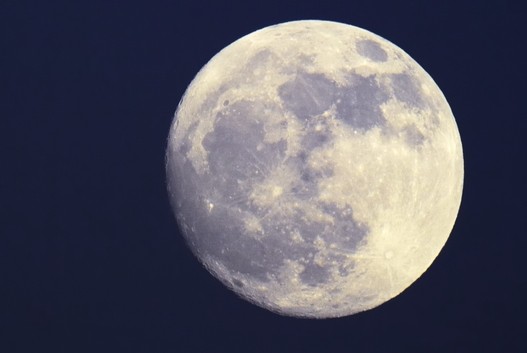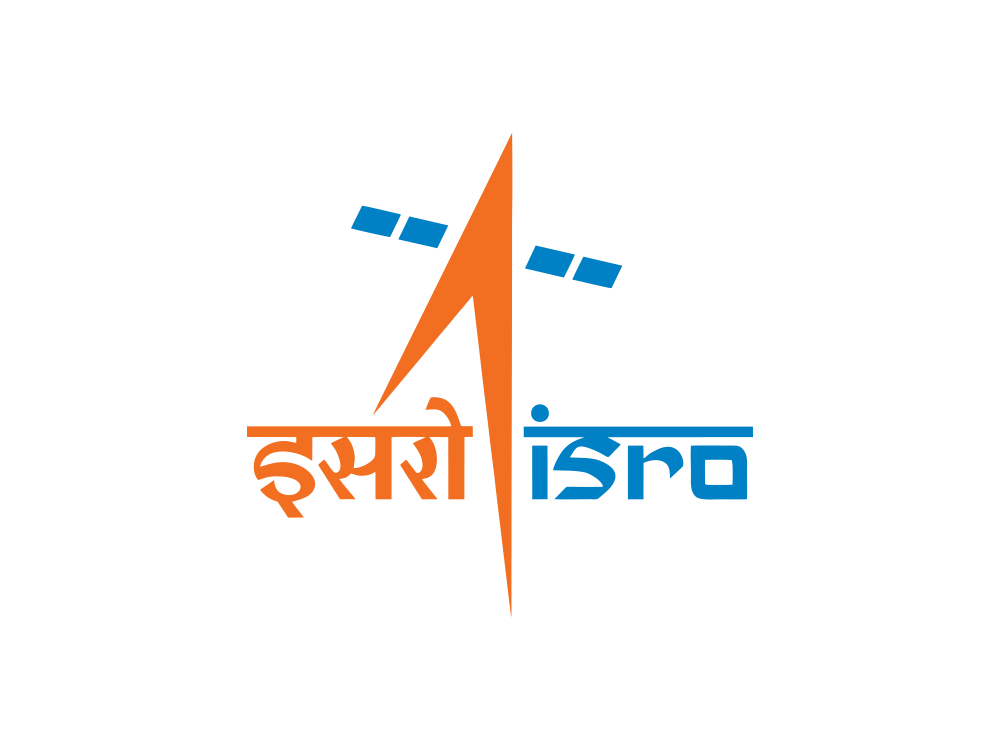
BENGALURU (PTI): Three Lunar missions in 15 years! It seems the Moon truly beckons ISRO. And why not? Scientists found frozen water deposits in the darkest and coldest parts of the Moon’s polar regions for the first time using data from the Chandrayaan-1 spacecraft in 2009.
Chandrayaan-1, India's first mission to the Moon, was launched on October 22, 2008 from Sriharikota spaceport in Andhra Pradesh.
The spacecraft, carrying 11 scientific instruments built in India, the USA, the UK, Germany, Sweden and Bulgaria, orbited around the Moon at a height of 100 km from the lunar surface for chemical, mineralogical and photo-geologic mapping of the Moon.
After the successful completion of all the major mission objectives, the orbit was raised to 200 km in May 2009. The satellite made more than 3,400 orbits around the Moon.
The orbiter mission, which had a mission life of two years, was, however, prematurely aborted after communication with the spacecraft was lost on August 29, 2009.
"Chandrayaan-1 achieved 95 per cent of its objectives,” said the then ISRO Chairman G Madhavan Nair.
And a decade later, Chandrayaan-2, comprising an orbiter, lander and rover, was successfully launched on July 22, 2019.
The objectives of the country's second mission to the Moon were scientific studies by payloads onboard the orbiter, and technology demonstration of soft landing and roving on the lunar surface.
Most of the components of technology demonstration, including the launch, orbital critical manoeuvres, lander separation, de-boost and rough braking phase were successfully accomplished.
However, the lander with a rover in its belly crash-landed on the lunar surface in the final lap, failing in its objective to touch down gently.
"We narrowly missed it (soft landing on the Moon in Chandrayaan-2 mission) in the last two km (above the lunar surface),” Nair had told PTI on Monday.
However, all the eight scientific instruments of the orbiter, which had separated from the lander and rover, are performing as per design and providing valuable scientific data.
Due to the precise launch and orbital manoeuvres, the mission life of the orbiter increased to seven years, according to ISRO.
In fact, ISRO on Monday said that two-way communication between the Chandrayaan-2 orbiter and the Chandrayaan-3 lunar module has been established.
Moreover, the discovery of water on the Moon in 2009 was a hugely significant event, following which scientists, using data from an instrument which flew aboard India’s Chandrayaan-1 spacecraft, created the first map of water trapped in the uppermost layer of the Moon’s soil. It would prove useful to future lunar explorers, ISRO officials said.
The study, published in the journal Science Advances, builds on the initial discovery in 2009 of water and a related ion – hydroxyl, which consists of one atom each of hydrogen and oxygen – in lunar soil.
Scientists from Brown University in the US used a new calibration of data taken from NASA’s Moon Mineralogy Mapper, which flew aboard the Chandrayaan-1 spacecraft in 2008, to quantify how much water is present on a global scale.
Using data collected by India’s Chandrayaan-1 mission, NASA has detected magmatic water locked under the surface of the Moon.
The findings represent the first remote detection of this form of water that originates from deep within the Moon’s interior, NASA researchers had said.
 Next Article
Next Article













The Indian Air Force, in its flight trials evaluation report submitted before the Defence Ministry l..
view articleAn insight into the Medium Multi-Role Combat Aircraft competition...
view articleSky enthusiasts can now spot the International Space Station (ISS) commanded by Indian-American astr..
view article